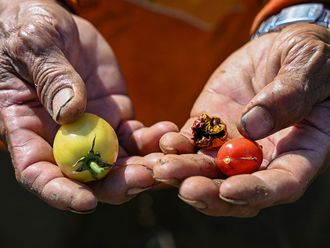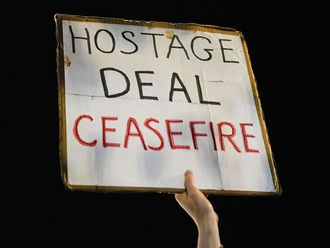Manila: A student of one of the Philippines’ premier state universities was found dead a day after he resigned from his post over his alleged involvement in hazing.
Despite the passage of a harsher law against ritual and punitive violence inside schools last year, campus cruelty persists with multiple incidents taking place recently.
It is yet unclear if hazing directly led to the death of Ignacio Enrique Domingo, but he was said to have played a part in rites of violence at his school.
He was found dead inside his parent’s house in Marikina on the afternoon of September 28. Authorities have yet to disclose the cause of his demise but the day before he died, he resigned as vice chair of the University of the Philippines College of Mass Communication Student Council.
Domingo had been under investigation by the school administration for alleged acts of ritual violence involving the fraternity where he was a key officer, the Sigma Rho.
Domingo’s death came less than two weeks after fourth class cadet Darwin Dormitorio died from injuries sustained at the hands of his seniors at the Philippine Military Academy. Aside from Dormitorio, four more plebes allegedly suffered from excessive physical punishment from their upperclassmen.
The academy is already investigating six senior cadets for their role in the incidents.
In Laguna province, 18-year-old Jonathan Cabuenos, who is studying to one day become a policeman, suffered a brain haemorrhage while undergoing initiation rites for membership in another fraternity.
Cabuenos survived, but Lt Col Eliseo Bernales, police chief of San Pablo City, said the student’s cognitive ability was impaired by the brain damage.
Bernales said in reports that Cabuenos, a freshman at the Laguna State Polytechnic University, had undergone a series of initiation rites since September 15.
Ritual violence
The incidents that victimised Dormitorio and Cabuenos and which led to the investigation and subsequent death of Domingo, took place despite the country’s Anti-Hazing Law.
The Anti-Hazing Act of 1995 prohibits fraternities from performing initiation rites but it restricts police from interfering in certain activities.
In 2018, in a bid to address the issue, President Rodrigo Duterte signed a stricter Anti-Hazing Law that metes out harsher punishment to offenders to include life imprisonment and penalty of up to P3 million (Dh212,347) to the offending organisation if the initiation activity involves death, rape, sodomy or mutilation.
The new law identifies “hazing” as any act that involve “paddling, whipping, beating, branding, forced callisthenics, exposure to the weather, forced consumption of any food, liquor, beverage, drug, or other substance, or any other brutal treatment or forced physical activity which is likely to adversely affect one’s physical and psychological health.”
It also includes any activity (intentional or otherwise) that tends to humiliate or embarrass, degrade, abuse, or requiring a recruit to do menial, silly, or foolish tasks.
Deaths
Aside from cadets and college students, there are also a number of hazing deaths victimising high school students.
Senator Win Gatchalian said that despite the 2018 Anti-Hazing Law, it is apparent that ritual violence persists inside schools.
“Despite the new law, this barbaric act remains to be practised by fraternities,” Gatchalian said.
Senator Panfilo Lacson, author of the edict revising the Anti-Hazing Law, said while hazing is a part of disciplinary mechanism, students and cadets need as much as possible to avoid physical contact.
“Physical exertions are part of training [as in the case of cadets]. You may be required to climb a mountain or hill for example or run hundreds of kilometres, that could be allowed. However, physical contact really is a violation of the law,” Lacson, a former national police chief and a graduate of the PMA, said.
Since 1954, the official death toll from hazing-related deaths amount to 42, although some place the number higher since this figure only count the number involving college students and those that receive substantial media coverage.












